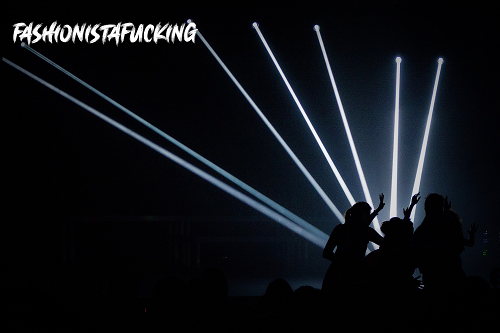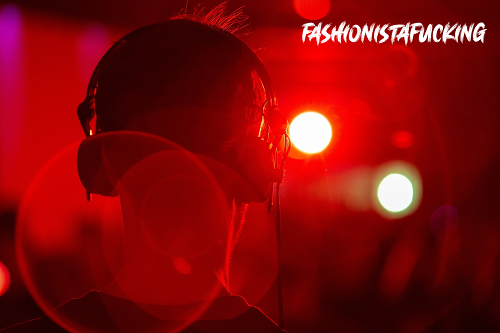Fashion Designer Club Culture: All-Inclusive Information on the World of Fashion Design Networks
Fashion design is dynamic and full of creativity and competition. For these very reasons, designers and aspiring designers often look for communities and guidelines to collaborate in elevatiworkwork standards. They do this with the help of a designer club. These clubs function as networks or collectives that play an important role in establishing and continuing relationships within the fraternity. They inculcate capabilities and follow the changing paths that occur in the fields. In this report, the club culture in the designer group of people will be discussed. The benefits it offers and the role it plays in establishing a designer.

Fashion Designer Club What is this:
A fashion designer club would be like a community of like-minded individuals and people pursuing careers or passions in the industry. In that sense, these groups could range from more informal collective meetups with like-minded creatives to formalized organizations designed to provide resources and connect people or even those with mentors. These clubs also have different scopes: on a local, national, and international scale. Essentially, they bring together people with interests and passions in a specific design.
Core Culture of Fashion Designer Clubs:
The heart of the designer clubs is creativity, collaboration, and professional growth. Members include designers, stylists, pattern makers, fashion illustrators, and even students. It is this whole concept that brings people together to share ideas and exchange experiences. And help each other navigate this often complex world. Some of the important elements defining the culture of designer clubs are:
1. Creativity and Innovation
design lives on innovation. The clubs provide designer space to explore newer techniques, materials, and designs. This club usually engages them in challenges on designing, group projects, or workshops that put pressure on creative thinking beyond the limits. This is a free-thinking space because ideas are not criticized but fostered. It’s the place where a fresh idea and bold concept is tolerated but rather acclaimed.
2. Networking and Mentoring
Probably the largest advantage to becoming a member of a designer club is networking. Most of the highly successful designers point to the connections they made early on as having played a huge part in their success. The clubs are intended to be places that allow the designer to make connections with manufacturers, stylists, marketers, and many other professionals working in the industry.
3. Fashion
As the industry goes through many transformations, designers will keep themselves updated with the current era’s knowledge, tools, or techniques to create designs. Other very important activities that a designer club can engage in are workshops, seminars, or even tutorials. In these cases, members can be trained in a pattern-making technique, how to select fabrics or anticipate what is yet to be seen, or even how product marketing is carried out. But it doesn’t stop there; practice can even mean creating actual collections or presenting their work for everyone to see and display.

4. Diverseness and Inclusion
Generally, the clubs take pride in their diversified community to celebrate many diverse perspectives of designers cut from diverse ethnic and gender contexts. Diversity would then contribute to different views and ways to approach things which could manifestly make something very distinct. In this regard, the involvement of various cultural inputs generates diversity at the end of clubs while considering new definitions for the “.”
FAQs on Fashion Designer Clubs:
Q1: How do you get into a designer club?
One would generally get into a designer club by applying to join it or attending a public event that is available to the public. Many clubs are accessible online where one can register or inquire on how to join. Some may have a minimum requirement of experience or education level in design.
Q2: Are fashion designer clubs only for established designers?
No, anyone from beginner level to veteran professional can join the designer club. Many clubs have mentorship programs or workshops tailor-made for new entrants to enhance their design capabilities.
Q3: How much does it cost to join a designer club?
Membership in a designer club differs in terms of charge. Some clubs charge once when membership is taken while others charge annually as subscription fees. Others are free but one pays only for indicated events, workshops, or resources.
Q4: What are some of the activities carried out in a designer club?
The major activities of these clubs include attending workshops, collaborating on design projects, participating in ws, networking events, and learning from industry experts. exhExhibitionsunway events and rand-up shops are commonly organized by the clubs, where members can present their collections.
Q5: Can I start my fashion designer club?
Yes! If you’re passionate about and want to create a community for like-minded designers, starting your club can be an exciting venture. Gather a group of individuals who share your vision, and start by hosting small meetings or events to build momentum.

Conclusion:
Fashion designer clubs play a crucial role in the development and success of designers in the industry. They create an environment for innovation, learning, teamwork, and networking. Designers can turn to these clubs for resources to help them grow professionally in an environment that fosters inclusion and innovation. Whether you’re a seasoned designer or a young talent, clubs will offer you invaluable support and connections to help you survive in the world.
